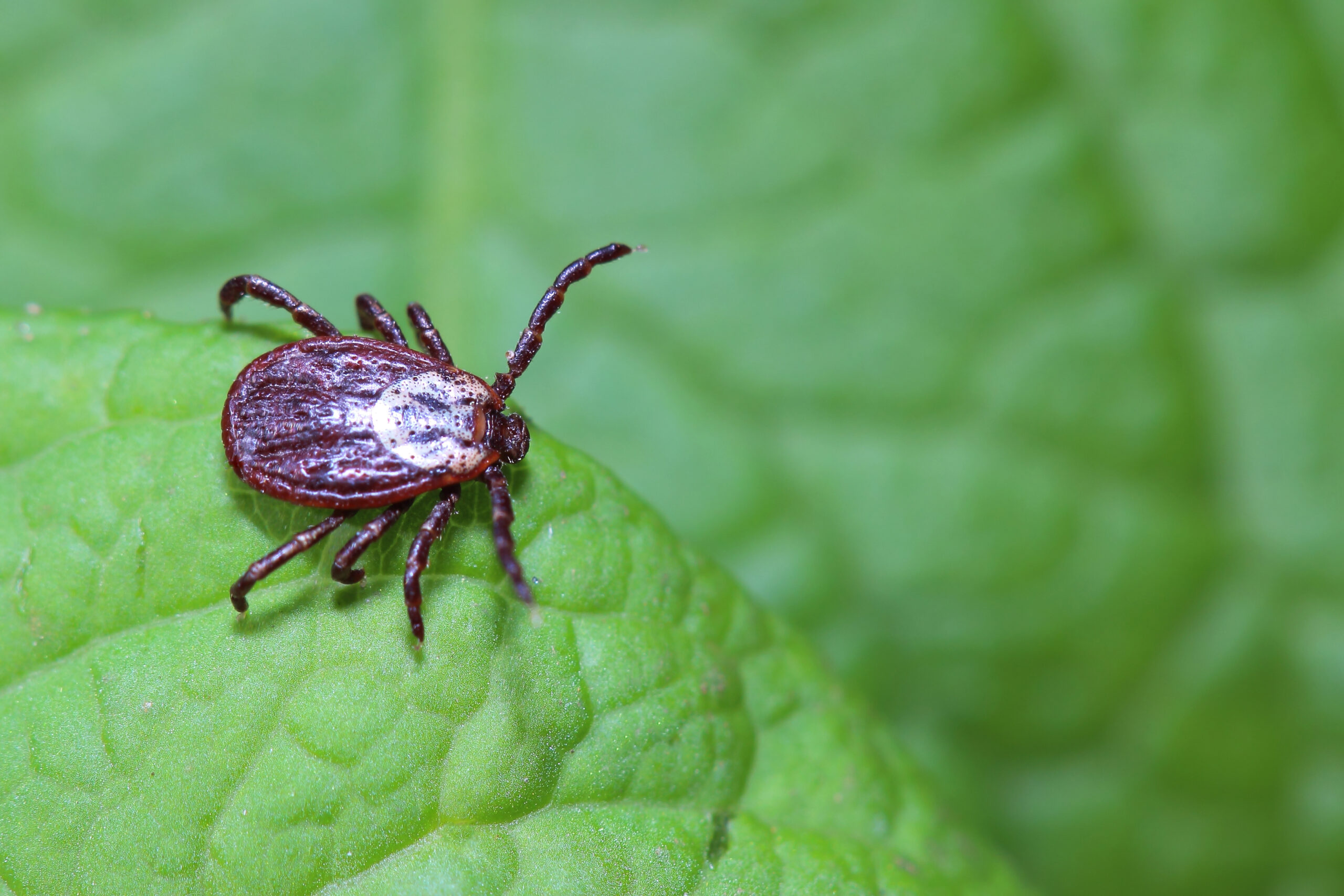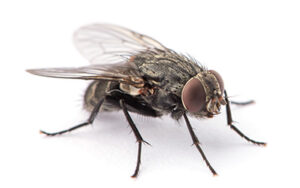
You know by now to look out for ticks when camping or hiking in the warmer season. So, when the weather in Vermont cools down for the winter you might think you no longer have to worry about these burrowing pests. Many pests common to the area are unable to survive in near-freezing weather, so ticks might do the same, right?
Bad news: ticks are more present throughout the winter than you have hoped. They aren’t as active as they are at the height of summer, but they can still pose a problem for homes across the state. So where do ticks go in the winter? Are ticks still a problem when it’s cold out? More importantly, what can you do to prevent these pests from getting warm and cozy on your property?
Vermont Ticks in Winter
There are 850 species of ticks, but only 90 are found in the United States. And if you look at Vermont in particular, you’ll find that there are three main varieties that pose a real problem. Ticks in Vermont include:
- Lone Star Ticks, with long mouthparts and a white spot on their back.
- American Dog Ticks, the most common tick, with a darker back and smaller mouthparts.
- Deer Ticks, identified by their bright red back and maroon head. Females are most likely to carry Lyme disease.
Each variety of tick has its own individual habits, especially when it comes to living through the cold in Vermont.
Surviving the Winter
The lone star and American dog tick are both considered overwintering pests. That means when the weather cools, they seek out a shelter to go dormant until spring. This might look like hiding under a pile of debris or burrowing deep underground to insulate themselves in soil and snow. They can still cause a problem, especially before the winter when they are the most desperate to find a host before it gets too cold.
Climate change also plays a big part in the habits of these two varieties of ticks. It’s been noted before that Vermont is warming faster in the winter than anywhere else in the United States. That means the season where ticks are most active is longer than ever before. And for varieties like the deer tick, they now have no problem being active all year long.
Ticks, just like any parasitic pest, are uncomfortable for anyone that comes across them. For the sake of safety, it’s best to be on top of any potential infestations.
Checking Your Yard for Ticks
You don’t want to wait until you find a tick burrowed into you or someone else in your household. There’s a simple test you can perform with things you already have around the home. All you need is an old shirt, a stick, and a relatively warm day.
If you attach the shirt to the stick, it mimics the leg of an animal that a tick would want to use as a host. So, if you drag the stick over the grass of your yard, you might draw out a few ticks onto the material. If you do, you can determine for certain that you need tick pest control.
Tick Extermination in Vermont
Vermont Pest Control has been working in pest control services across the entire state since 1991. Since that time, we’ve treated tick infestations of every size and variety. We’ve built a reputation of comprehensive treatment, from that first holistic inspection to the follow-up appointment where we make sure the job we did held up.
Don’t start your spring with a threat of discomfort and Lyme Disease. If you think you have ticks in your yard, contact Vermont Pest Control today for a free quote!
What Happens to Ticks in the Winter? in Vermont
Serving Vermont since 1991





